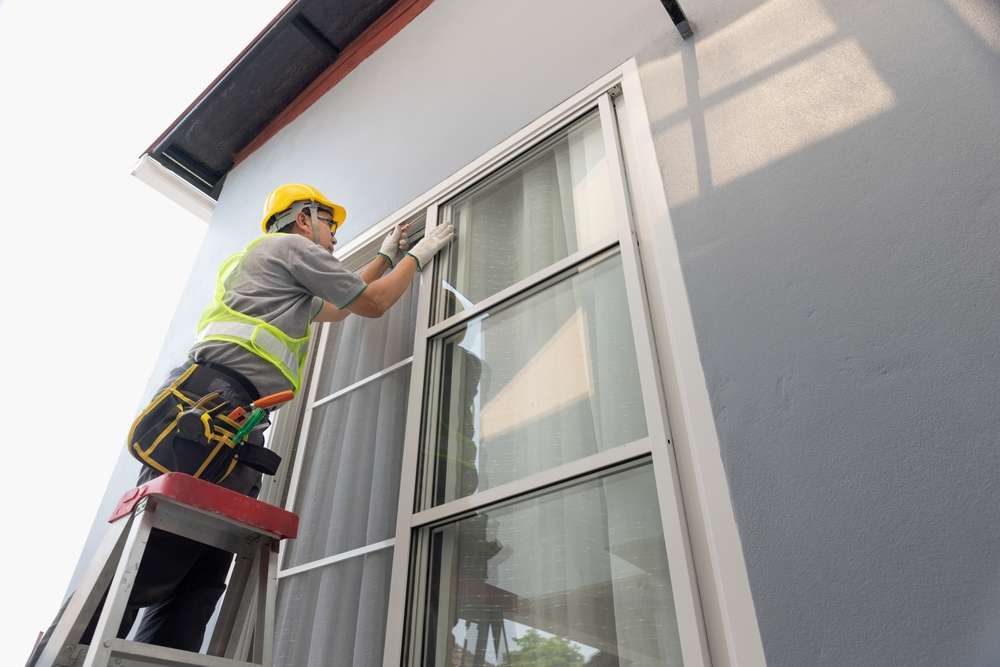Essential Electrical Supplies for Home and Commercial Projects
Choosing the right electrical supplies makes installations safer and more reliable, whether you’re upgrading a kitchen, wiring a new addition, or managing commercial systems. Understanding common items, standards, and installation practices helps homeowners and tradespeople make informed decisions, maintain code compliance, and work effectively with local services and licensed electricians.

Wiring choices and safety
Wiring is the backbone of any electrical system. Key decisions include conductor material (copper vs. aluminum), wire gauge (AWG), insulation type (THHN, NM-B, etc.), and whether to use conduit. Match wire gauge to expected circuit current and length to avoid voltage drop and overheating. Always follow local electrical codes for color coding, grounding, and conduit requirements. For renovations, inspect existing wiring for wear, overheating, or knob-and-tube remnants that may need replacement. When in doubt, consult a licensed electrician for load calculations and to ensure compliance with permits and inspections.
Electrical components and standards
Electrical supplies must conform to national and local standards for safety and performance. Look for components rated by recognized testing laboratories and appropriate for the intended environment (indoor, outdoor, damp, or hazardous). Fuse holders, terminal blocks, junction boxes, and breakers have specified voltage and current ratings; matching these to application prevents failures. For commercial projects, consider industrial-grade materials with higher temperature ratings and corrosion resistance. Keep documentation for components and wiring diagrams, which supports maintenance, system upgrades, and inspections by local services.
Circuit breaker selection and sizing
Circuit breakers protect wiring and devices by interrupting overloads and short circuits. Choose breakers based on circuit ampacity, device requirements, and fault current capacity. Standard residential breakers often range from 15A to 50A; commercial panels may include higher-rated breakers and specialized types like GFCI or AFCI for specific protection. Breaker type must match panel bus design and be listed for that panel. For multi-wire branch circuits and shared neutrals, ensure appropriate handle ties or two-pole breakers. Proper breaker selection requires accurate load calculations and an understanding of continuous vs. non-continuous loads.
Outlets: types and placement
Outlets provide power access and should be selected for use, location, and code requirements. Common types include standard duplex, GFCI for bathrooms, kitchens, and exterior areas, and tamper-resistant outlets for child safety. Dedicated outlets support large appliances and HVAC systems, while USB and smart outlets add functionality for modern devices. Placement follows code spacing rules (e.g., countertop and hallway spacing) and practical needs — plan locations during design to minimize extension cords. For public or commercial spaces, outlets may need weatherproof or vandal-resistant enclosures.
Switches: styles and installation
Switches control lighting and equipment and come in many styles: single-pole, three-way, four-way, dimmers, and smart switches. Choose switches rated for the load they will control — lighting circuits often use dimmers rated for incandescent, LED, or motor loads as appropriate. Neutral requirements vary for smart switches; check compatibility with wiring in older homes. Use sealed or gasketed switches in damp or outdoor locations. Installations should maintain clear labeling in panels, and switches should be mounted in accessible locations that meet local code accessibility and spacing standards.
Conclusion
A solid grasp of wiring, electrical components, breakers, outlets, and switches reduces risk and improves system performance. Prioritize products rated for your environment and compliant with local codes, and document installations for future maintenance. For complex projects or any uncertainty about load calculations, protective device coordination, or code compliance, working with licensed professionals and local services helps ensure installations are safe and durable.






